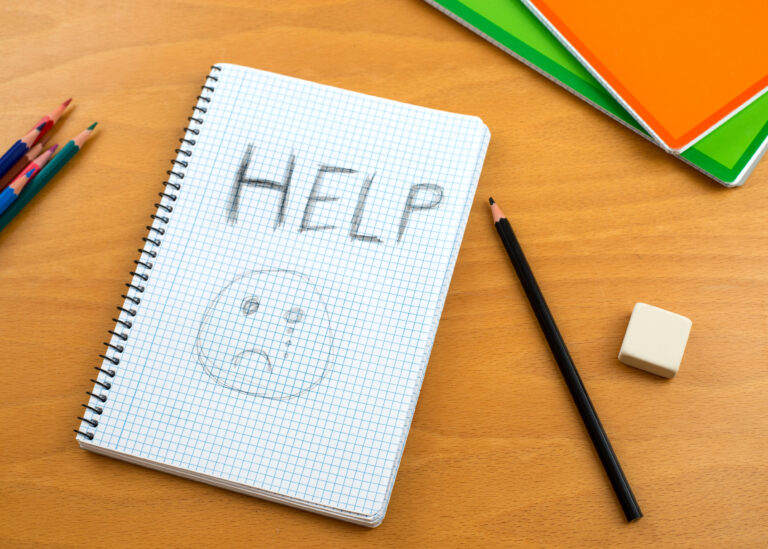Summary
As a literacy tutor and Sounds-Write practitioner, I’ve encountered many children who struggle with reading. Understanding some of the most common reading problems will help parents and educators provide targeted support. Here’s a guide to some frequent reading problems, signs to watch for, and strategies to help.
Difficulty with Phonemic Awareness
What it is: Trouble recognizing and manipulating individual sounds (phonemes) in spoken words.
Signs to watch for:
- Trouble with rhyming words
- Difficulty breaking words into syllables
- May struggle to identify the first or last sound in a word
How to help:
- Play sound games (e.g., “What’s the first sound in ‘mat’?”)
- Practice clapping out syllables in words
- Teach them explicitly how to segment a word into individual sounds
- Read poems together and discuss which sound is rhyming
Phonics Challenges
What it is: Difficulty connecting letters or letter combinations with their corresponding sounds. More on Phonics here.
Signs to watch for:
- Trouble sounding out new words
- Consistently misreading common words
- Guessing words based on the first letter
How to help:
- Use a structured phonics program like Sounds-Write
- Practice letter-sound correspondence with flashcards
- Encourage “sounding out” words instead of guessing
Fluency Issues
What it is: Reading that is slow, laborious, or lacks proper expression.
Signs to watch for:
- Reading word-by-word instead of in phrases
- Ignoring punctuation
- Lack of expression or monotone reading
How to help:
- Model fluent reading
- Practice repeated readings of familiar texts
- Use guided reading with progressively challenging texts
- Use decodable readers
Vocabulary Limitations
What it is: Limited understanding of word meanings, which impacts comprehension.
Signs to watch for:
- Difficulty explaining the meaning of words in a text
- Limited use of varied words in speech
- Struggle to use context clues to understand new words
How to help:
- Read a variety of texts to expose children to new words
- Discuss word meanings during reading
- Play word games and use new vocabulary in everyday conversations
Comprehension Difficulties
What it is: Trouble understanding and remembering what was read.
Signs to watch for:
- Unable to summarize what was read
- Difficulty answering questions about the text
- Not recognizing when something doesn’t make sense
How to help:
- Ensure the text is at the right level, if it’s too difficult comprehension will be difficult
- Discuss the text before, during, and after reading
- Use decodable texts, make sure to read the words and highlighted vocabulary before starting
Attention and Focus Issues
What it is: Difficulty maintaining attention during reading tasks.
Signs to watch for:
- Easily distracted during reading
- Losing place frequently
- Reluctance to engage in reading activities
How to help:
- Create a quiet, dedicated reading space
- Use a finger or ruler to keep place while reading
- Break reading into shorter, manageable sessions to build stamina.
Lack of Motivation
What it is: Disinterest or negative attitude towards reading.
Signs to watch for:
- Avoiding reading activities
- Expressing that reading is “boring” or “too hard”
- Preferring to be read to rather than reading independently
How to help:
- Find books on topics that interest the child
- Set achievable reading goals and celebrate progress
- Make reading a fun, shared activity
Early Intervention Is Key
Remember, every child is unique, and reading difficulties can stem from various factors. If you’re concerned about your child’s reading progress, don’t hesitate to consult with their teacher or a reading specialist. Early intervention can make a significant difference in a child’s reading journey.






